Arthritis is a group of diseases triggered by infection, improper metabolism, and disturbance of the immune system, in which inflammatory processes occur in one or more joints. In this case, swelling of the skin, redness and an increase in temperature in the affected area are observed. The procedure can be performed in acute or chronic form. In the first case, the patient has severe pain in the knee or other joints, and in the second, the disease progresses slowly due to insufficient pathological treatment in the acute phase. The most common types of arthritis are:
- Osteoarthritis - damage to cartilage and adjacent bone tissue and muscle fibers;
- Rheumatoid disease is a chronic autoimmune connective tissue disease that causes irreversible changes in the joints of the wrists, fingers and toes, as well as systemic damage to the body.
- Malnutrition - degenerative destruction of joints caused by metabolic disorders, vitamin deficiencies, hypothermia or physical overwork;
- Traumatic - an inflammatory process that occurs in large joints (knees, elbows, shoulders) after injury;
- Gout (gout) - a systemic disease caused by increased levels of uric acid in the blood and disturbance of purine metabolism, most commonly in men.
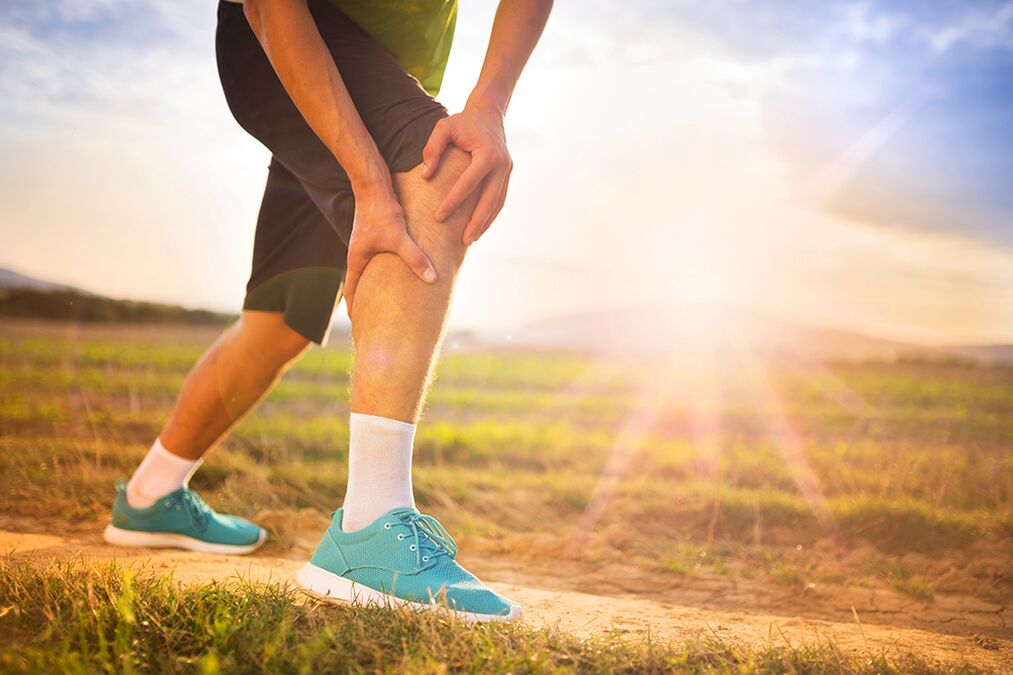
Causes of Arthritis
Each type of arthritis has its own causes, usually:
- Transferred viral, parasitic, genitourinary, fungal diseases;
- There are infection foci in the form of phlegm, abscess, boil, tuberculosis, dental caries, etc. in the body;
- Injuries that lead to joint damage;
- excessive physical activity;
- allergy;
- genetic predisposition;
- metabolic diseases;
- Unbalanced diet, lack of vitamins and trace elements in food;
- Bad habits (smoking, drinking alcohol, taking illegal drugs);
- overweight.
arthritis symptoms
The cause of the disease may vary, but all patients experience a number of characteristic symptoms. Seek medical attention if you experience:
- severe joint pain when moving or touching the skin in the joint area;
- Stiff movements after waking up in the morning;
- Swelling of diseased joints, tissues around joints, and around ligaments;
- Local hyperemia of the skin, accompanied by fever;
- characteristic tightening of joints during sudden movements;
- Feeling tired quickly when doing simple tasks;
- Permanent deformity of the joint.
important!If you ignore the initial symptoms and don't start treating arthritis, the disease will progress and significantly reduce the patient's quality of life. In this case, the process can become irreversible and lead to disability!
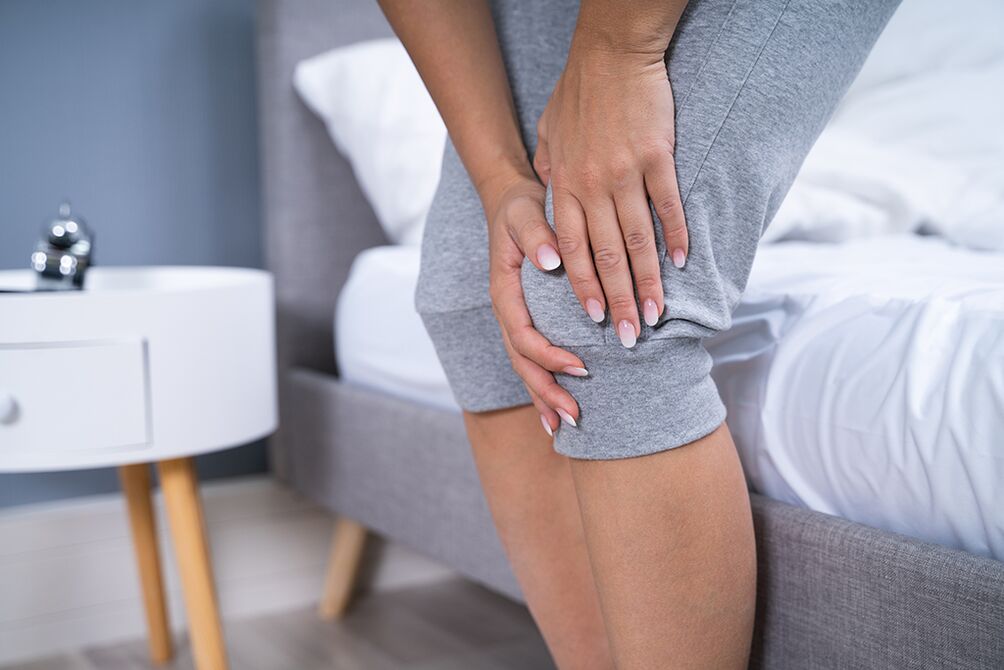
stage of disease development
In determining the stage of the disease, the clinical manifestations of the pathology are considered:
- First - joint mobility is slightly limited, retaining the ability for self-service and professional activities.
- The second - the mobility of the joints is markedly limited, there is tightening when moving, increased pain in the legs when walking and at night.
- Third - there is a marked deformity of the joint, stiffness and severe pain are noted, partial loss of the ability to work.
- Fourth - joint deformation and loss of mobility, complete destruction of cartilage, psycho-emotional burden due to severe pain, loss of self-service ability of the patient.
treatment method
In specialized clinics, there is an orthopaedic department, the highest qualification category of traumatology - orthopaedic physicians who work in the treatment of arthritis. Doctors choose treatment options based on the severity of the diagnosis. In stages I and II of the disease, conservative treatment:
- Drug therapy, including intra-articular injections of hyaluronic acid and drugs;
- SVF therapy - treatment using cells from the stromal vascular fraction obtained from the patient's adipose tissue;
- PRP therapy is the treatment of joints, tendons, and ligaments by injecting platelet-rich plasma obtained from the patient's blood.
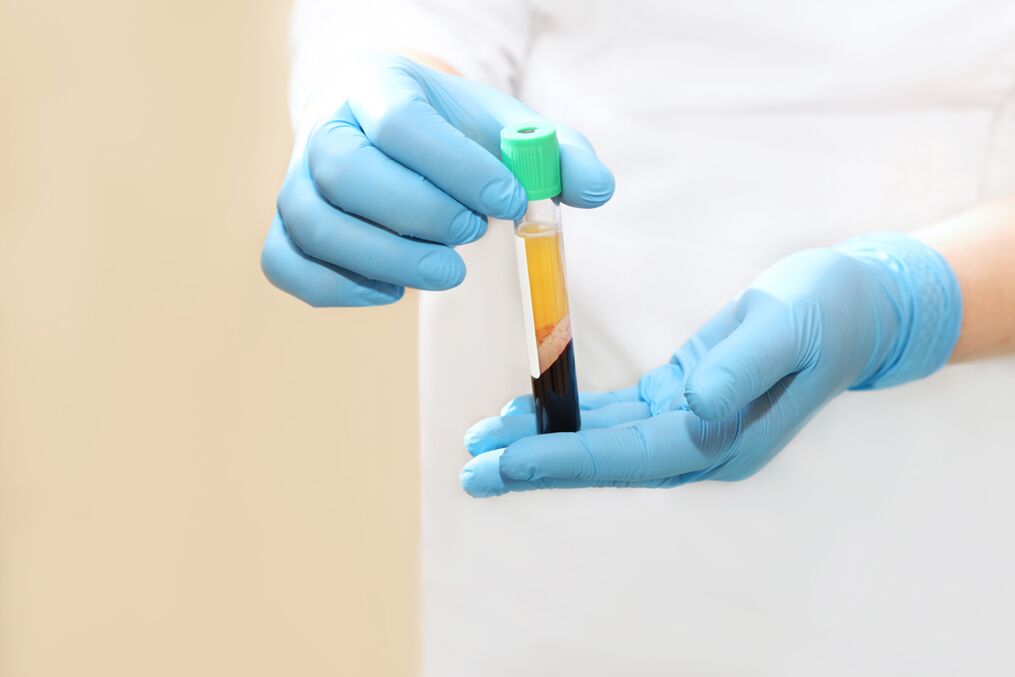
In the acute phase, periarticular block and drug anti-inflammatory therapy are performed. During remission, exercise therapy and physiotherapy were prescribed. Depending on the indications, surgical treatment is prescribed:
- Corrective osteotomy of the bones of the calf, femur, and knee to restore the axis of the lower limb;
- Therapeutic and diagnostic arthroscopy (LDA), including chondroplasty and microfractures to eliminate cartilage tissue defects.
Stage III arthritis is treated with surgery. The mobility of the hip joint is restored with the help of arthroplasty (full, monopolar, bipolar). When replacing the knee joint, a total prosthesis is performed.
Arthritis Prevention
To prevent the development of the disease and consolidate the results of treatment, follow the advice of your doctor:
- Avoid overloading the joints;
- Do stretching exercises and joint gymnastics;
- Arrange nutrition reasonably, eat more fish, fresh vegetables and fruits;
- Pay attention to your weight, wear comfortable shoes, and protect your joints from the cold;
- Get rid of bad habits;
- Regular preventive massage;
- Boost immunity.
What is Arthropathy
Osteoarthritis is a disease in which the cartilage tissue covering adjacent joints is deformed and destroyed. As a result, the bone tissue within the joint becomes dense, on which cavities and pathological growths (osteophytes) develop. Gradually, the spaces between the joints narrow and overgrow, and they lose mobility.
Mostly, the disease occurs in people 45 to 50 years of age and older. The most common form of pathology is joint deformity, which affects the hip, knee and ankle joints, wrist and hand.
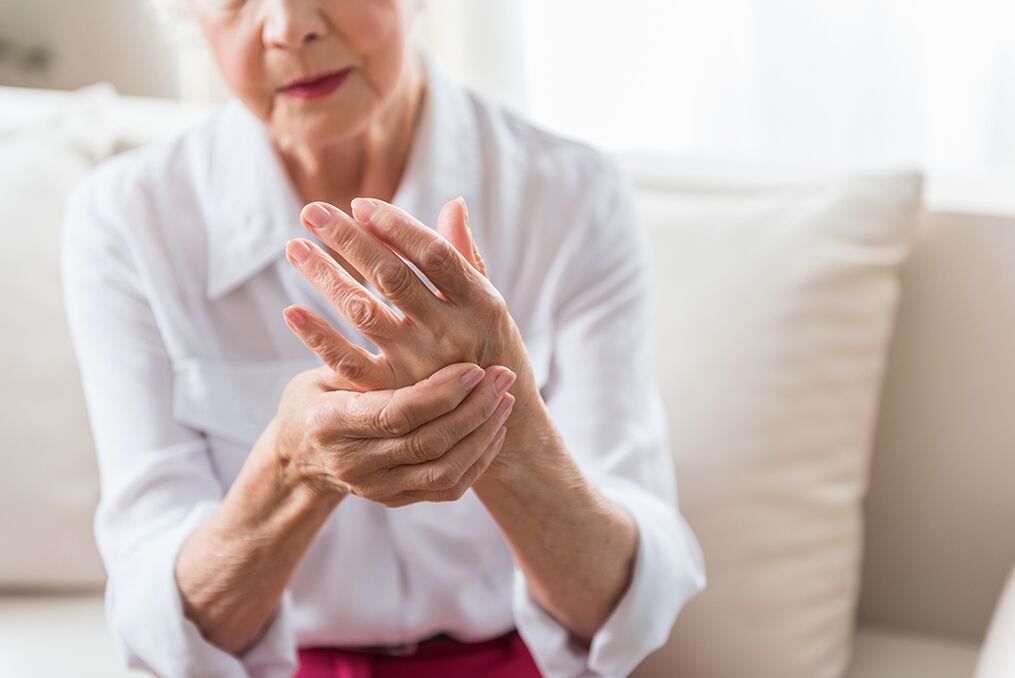
Causes of Arthropathy
important!The main cause of arthropathy is a mismatch between physical activity and the ability of the joints to withstand this load. The transition from acute to chronic arthropathy can lead to joint deformation and destruction.
Possible causes of pathology may be:
- diseases of the endocrine system - diabetes, obesity, hyperthyroidism, excessive secretion of pituitary and parathyroid hormones;
- Various injuries: fractures, bruises, dislocations, ligament tears with displacement of the articular surface relative to the normal axis;
- Inflammatory processes in the body;
- metabolic diseases;
- Congenital disorders - flat feet, limbs of different lengths, dysplasia;
- Peripheral neuropathy due to diabetes or alcoholism;
- hypothermia, etc.
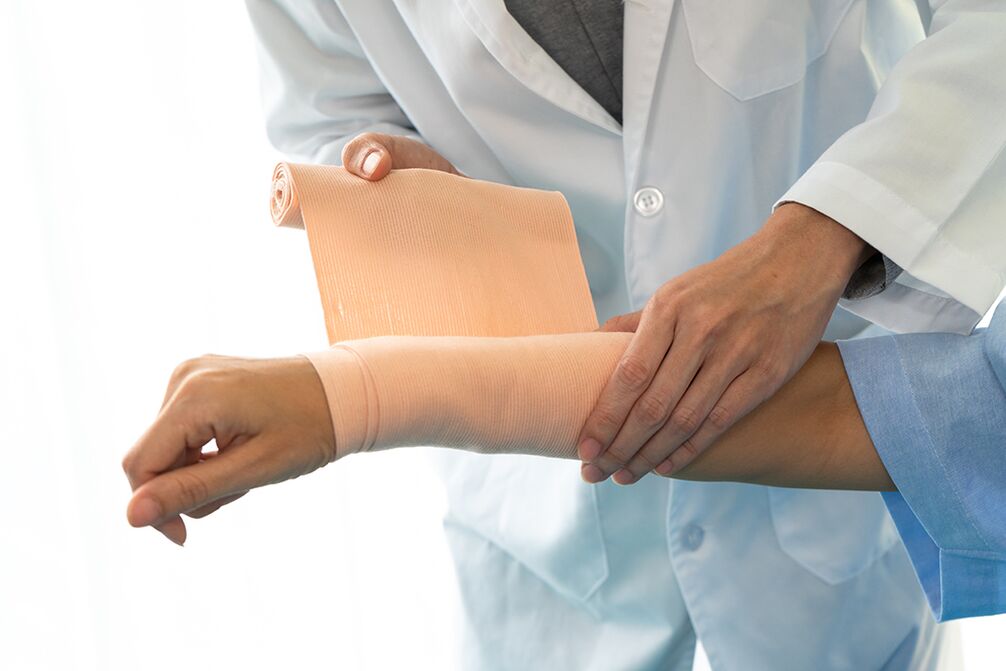
Symptoms of joint disease
The disease develops gradually, so that pathological signs appear after joint destruction begins. Patients list the following as their main symptoms:
- crunch that occurs when moving;
- joint pain during vigorous exercise;
- Increased stiffness after waking up in the morning;
- Deterioration of joint range of motion;
- Deformed fingers and toes due to bone growth;
- Pain with changing weather conditions and atmospheric pressure, and pain at night.
Stages of Arthropathy
Without treatment, arthropathy is divided into three stages:
- Stage 1 - Joint mobility is limited, nutrients in synovial fluid are reduced, and joint load causes pain.
- Stage 2 - The range of motion of the joint is significantly limited, the cartilage begins to break down, and there is tightness and pain during movement.
- Stage 3 - Destruction of the cartilage structure and deformation of the joint site occurs, osteophytes form on the bone tissue, the joint actually loses mobility, and the pain syndrome becomes permanent.
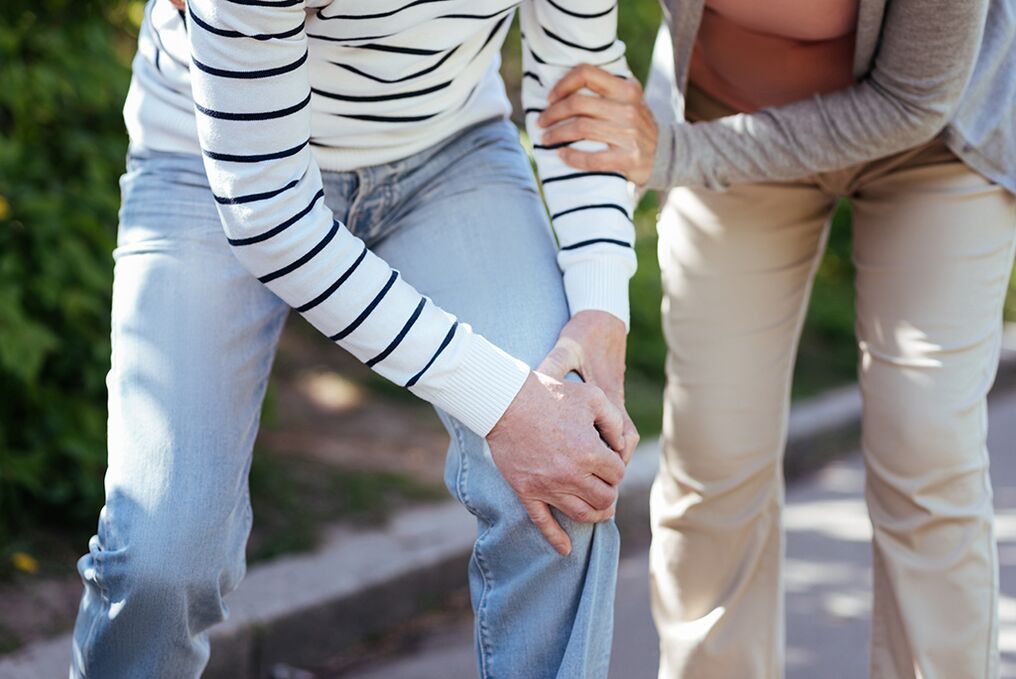
treatment method
Treatment of arthropathy aims to eliminate the cause of the disease, relieve pain and regenerate cartilage to restore joint mobility..To this end, the patient is prescribed painkillers and anti-inflammatory drugs. Also during the first and second stage:
- Injection therapy to introduce hyaluronic acid into the joints;
- SVF therapy, based on the ability of the stromal vascular portion of adipose tissue to stimulate the recovery of damaged joints;
- PRP therapy, the introduction of drugs to reduce inflammation and reduce pain in the joint cavity;
- A periarticular block is performed by introducing drugs into the tissues around the joint to restore mobility to the joint.
In the case of long-term pain, surgery is performed:
- Corrective osteotomy to restore damaged joints (knee, hip, ankle, etc. );
- Therapeutic and diagnostic arthroscopy, including chondroplasty and microfractures to eliminate cartilage defects.
During remission, physical therapy, exercise therapy, and massage are recommended.
In the third stage of arthropathy, hip arthroplasty (total, bipolar, monopolar) and total knee arthroplasty are performed.
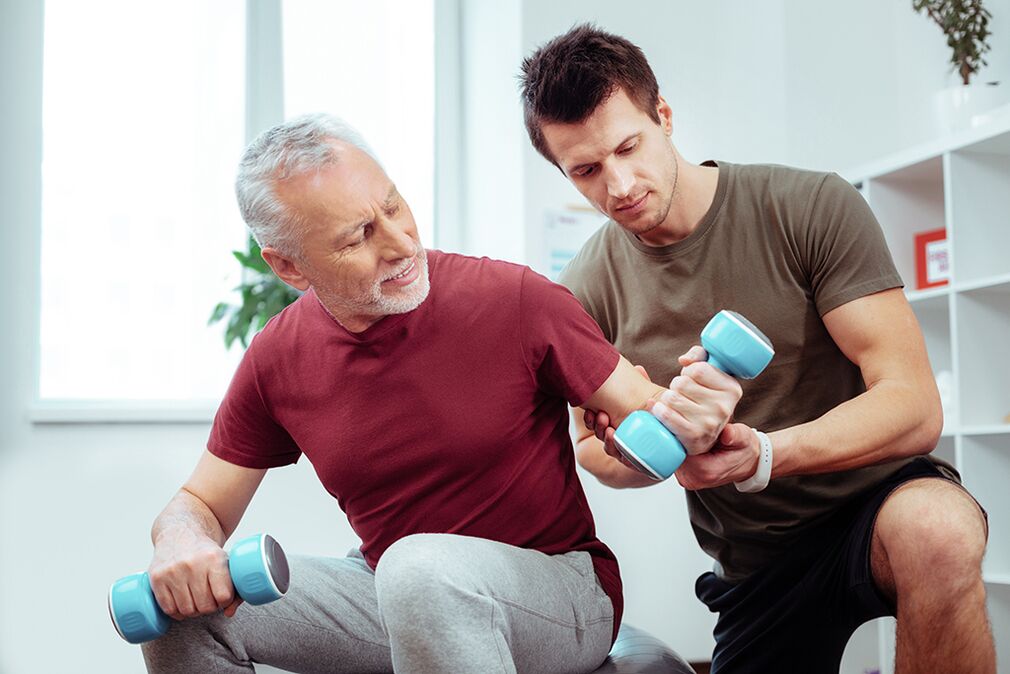
Prevention of joint disease
To prevent the development of joint disease, experts recommend:
- Avoid overloading the joints;
- Eat right, include collagen and omega-3 foods in your diet;
- Get regular physical activity for stretching and, if possible, go to the swimming pool;
- not too cold;
- wear comfortable shoes;
- reject bad habits;
- Weight control.
It is impossible to talk about which is more dangerous: arthritis or arthropathy, because in both cases, if left untreated, complete immobility of the joints occurs, which can lead to their destruction and disability. Therefore, it should be remembered that with timely treatment in the clinic, the patient can have a good prognosis.


























